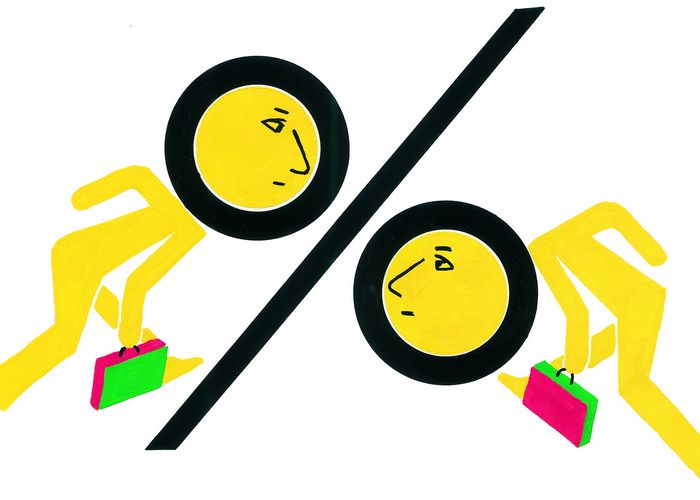Despite a painful market correction in May this year, the outlook for global equities has remained generally positive. The explosion of merger and acquisition activity has had a significant impact on issuance, both in the areas of straight equity and equity-linked.
Global equity issuance volumes surpassed US$350bn by early September, and are well on the way to overhauling the full-year total of US$465bn in 2005. Equity-linked has shared in the increase, with issuance climbing from US$66bn for the whole of 2005 to US$70.5bn already in 2006.
As well as the growth in M&A, private equity firms have also continued to supply a huge volume of deals. Rising secondary markets and a need to realise returns on investments made in the last few years have prompted a steady flow of IPO activity, and the private equity houses themselves have also turned to the public markets to raise funds through listed vehicles.
The growth of permanent capital vehicles – including private equity vehicles, funds of hedge funds, and the various forms of property investment funds now flooding onto the market – has been particularly striking in Europe. The landmark US$5bn deal for KKR set the benchmark for the sector, although debate continues to rage over whether it opened or closed the market. Time will tell if sufficient liquidity exists to support a significant pipeline of such vehicles.
In the realms of more conventional equity, we profile the US$10.6bn IPO of Russia’s Rosneft. Despite its extraordinary size, the controversial background to the deal and the size of allocations to strategic investors and oligarchs mean that it hardly serves as an indication of the general health of the IPO market.
However, its importance in the context of Russian capital markets cannot be underestimated and the fact that the London listing drew traditional international investors in despite the controversies is still significant.
The prestige of a London listing was undoubtedly a significant factor in the deal, and helped to boost the exchange’s profile at a time when it is actively marketing itself as a destination for international listings. The last year has been an interesting time for the London Stock Exchange, which has been at the centre of a renewed round of global stock exchange consolidation discussions.
In an analysis of the major themes in this area, the report looks at the latest news surrounding takeover and merger talk among the world’s leading exchanges, and examines the regulatory impact of possible scenarios.
On the occasion of its first anniversary of operations, we also profile the Dubai International Financial Exchange. Investment banks are pouring resources into the region in a bid to tap vast pools of local liquidity, but formidable challenges remain in terms of creating a broad and deep local market that can provide international investors with the confidence they need to invest.
Elsewhere we look at the environment for Hong Kong real estate investment trusts, which continues to be dogged by a lacklustre response from retail investors and some aggressive structuring from issuers. Meanwhile, the ending of the Chinese government’s moratorium on A-share IPOs has the potential to revive one of the largest potential sources of deal flow in the world – providing regulatory issues can be settled.
In the US, companies flush with cash have continued their shareholder-friendly activities through a resurgence of share buybacks – often financed through convertible bonds. We also examine the future for master limited partnerships, which provide a high-yielding structure to rival REITs – but only if the investor base can be expanded.
